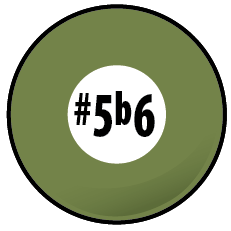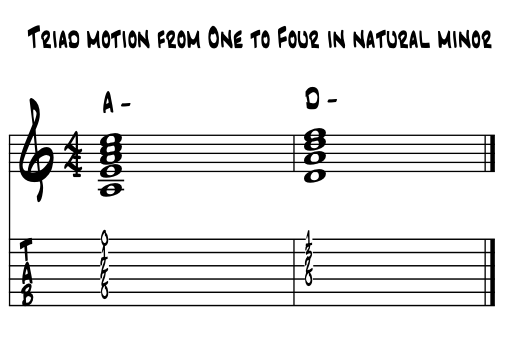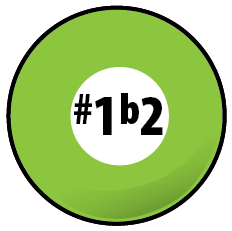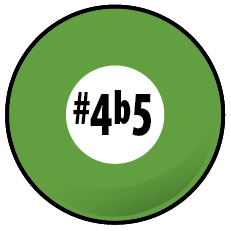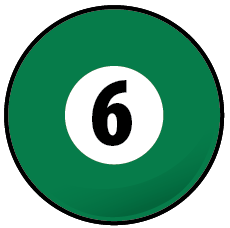~ # 5 ~ augmented 5th ~ + 5 ~ ~ the submediant 'b6' ~ bXIII ~
... back into this symmetrical color we go ... ~ a true, super poignant minor color tone ...'
|
In a nutshell. While the pitch created by the augmented 5th / minor 6th interval above our root pitch is potent in major, in minor as the minor 6th, it is among our dearest and deepest colors for expression. As key player in natural diatonic minor, the minor 6th interval can create a rather intense sense of homeward longing, that epic sense of idealized love still yet unfulfilled, but wanting to get there. Just s super potent interval above the root. Most common V7#5 ... ? In a blues song in a minor key. |
Harmonically, the #5 augments the major triad; so we'll mostly find the #5 mostly within the various dominant chordal colors and tonic, though a bit rarer through the literature. In creating chord progressions, we've a few rather common yet potentially essential motions in the blues, pop and jazz stylings that feature together the i-6 and the V7#5 colors. |
Theory names; the submediant, minor 6th, #5. Like all of our music intervals, their numerical name is simply based upon how many steps they are away from their root or tonic pitch. Thus we can locate our minor sixth interval, six diatonic steps up from our root pitch. The minor 6th generally implies minor key and scale, so thinking our root or tonic pitch is A, the following pitches for minor 6 / #5 emerge. Example 1. |
|
E# = F? Admittedly yes, the letter name pitch of E# is somewhat hen's teeth rare, but in theory yes, 'E# does = F.' Termed as enharmonic equivalents, naming one pitch two ways helps keep the theory correct, maintaining the integrity of our key signatures. Even with all of the blue notes? Well ... to paraphrase Mark Twain ... , "don't let our schoolwork interfere with your education ... :)" |
|
A minor 6th melody. The interval leap of the minor sixth above the root, at least in a personal way of hearing things, creates the strongest sense of a longing yet loving poignancy when compared to all of the intervals within the octave span of the minor tonality. Dig this sound in the song "My Skye Is Blue", which features the minor 6th leap in the opening measure and closing out the phrase with a borrowed leading tone from its harmonic minor potential. Example 2. |
 |
Interesting huh ? At times, minor Six is most powerful. Another Jacmuse melody that features the minor 6th is part of the Superhoot collection of songs with an Alaska themed title, "Voices From The River." |
Motion from One to Four in natural minor. As the chordal motion from One to Four is probably our most common chord progression in folk, blues, rock and pop, this flat Six position is key in creating the diatonic triad built on Four. Please examine the pitches, again we are thinking in the key center of A minor. Example 3. |
|
An essential chord progression with b6. In songs in a minor key, we'll most commonly find the submediant as part of a chord progression. Bob Dylan's "All Along The Watchtower" changes are backstopped on flat Six. Termed a deceptive cadence by theorists, this is one rockers of all stripes can love. Please examine the pitches. Example 5. |
|
|
Barre chords. "Watchtower" is often a first of the jamm tunes we come across. Surely the open A minor is often a first chord. Add open G and F to make three chords in four bars and let the jams begin. This song works in lots of keys and colors, explore. |
Using the barre chords as in the last idea can be a game changer. In performing chord progressions such as 'Watchtower' changes they really are handy. Initially based on the identical open E and A minor shape, we use our index finger as a sort of capo to move things around. Surely more rockin' than the open chords. |
Depending on your current guitar, barre chord shapes may or may not be a challenge. Acoustic guitars with big strings and high action can make barre chords very demanding on the chops. Be realistic about this. Bad action on the fretboard makes playing barre chords a bear. Careful not to wear out your hands too much. |
Quick review. Melodically, thinking in a minor key, the minor Six interval provides an essential poignancy over tonic chords and is the minor third pitch of the minor triad built on Four. It's also the flatted 5th pitch of our minor key's Two, thus ii-7b5, that wonderful, moody darkly essential half diminished color, and potential pivot chord to points beyond. |
While this minor 7b5 is mostly a pop and jazz chord, blues players dig this color too as a 'first inversion blues tonic chord', when working with a bassist. In blues tunes written in a major key, we often find the flat Six chord leading to Five as part of a song's chord progression at the turnaround. In the blues, these are morphed into V7 styled chords, and as a half step lead in, simply subbed in by the players. |
Flat Six chord. As mentioned above, in American blues songs in either major or minor keys, we commonly build a dominant chord chord on flat Six which then moves to Five before resolving to One. Example 6. |
 |
Cool and often played today, the classic 12 bar blues formed "Stormy Monday Blues" of the 'T' Bone Walker fame likes this kind of motion. Allman Brothers live at the Fillmore version has some great ideas on this too. Flat Six becomes sharp Five right down the street. |
|
So getting a theory sense of Six in the natural, diatonic minor scheme of things? While there's surely a few variations with the minor scales and modes, this natural minor 6th position is surely a keeper. For ballads, the blues and beyond. Now for the flip side ... |
Sharp Five (#5 / +5). As this term sharp Five implies, we've simply raised or augmented our perfect fifth interval by half step up. Commonly termed augmented, we mostly see #5 as a colortone applied to the non-diatonic V7+5 chord in songs written in minor keys. |
When we employ pitches not found within our key center into our Five chords, we call them simply an altered dominant chord. Altered in that they contain a borrowed pitch from another key center. Altered dominant chords have a lot of variations. |
Finding a common tone. Based on an augmented major triad, our V7+5 functions in a dominant chord capacity, usually directing the music towards resolution of a key center, to a new event, cadential motion etc. Thinking D minor, we use the #5 as a common tone between our minor One and Five chords. Example. 7a. |
 |
Same idea with 9. Working again in D minor, here is the #5 paired with tonic minor 9. While we loose the common tone between these chords, the half step defines the magic. Example 7b. |
 |
Minor triad with a 9th. These minor 9th chords are just super potent colors, both as tonic function and Two chord type. This last 'D-9' chord shape might lead this pack. If you're just evolving to this level in the chords and getting an understanding of their theory, congratulations as you're on a path surely to broaden your sense of creating new shadings of our 'emotional environments.' |
The augmented 5th. Anytime we augment our perfect fifth we enter into the magical world of the whole tone colors. And while not widely used in any of our styles excepting in jazz, the whole tone color is essential in some very special spots in the music. A most common spot in pop music is the tonic motion to Four via the augmented chord in the major tonality. Here working it in C major. Example 7c. |
 |
Can make the tune. There are times when such a chord progression 'makes' the tune we're writing. This last idea is such a lick. In this case of the song "Because" by Dave Clark Five, from 1964. It's chock full of this same augmented color and other coolness too. Just a great idea and hook, went to #3 on top 10 in '64. |
|
In the blues. In the blues we can have everything. And in jazz blues, all 12 pitches will always find a welcome home in the blues, somewhere. A perfect spot for this V7#5 rascal is as the closing chord in a chorus of blues. Example 7d. |
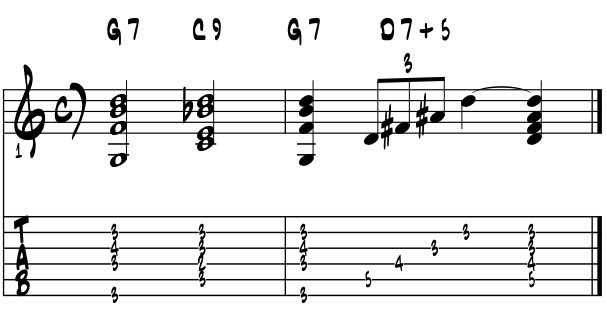 |
Yet again "Stormy Monday." This last idea is the tail end of the turnaround quoted in the above changes. We'll each find certain tunes that not only speak to us but ones that contain a lot of the cool marbles we end playing with again and again. "Stormy Monday" is surely worth a closer look in this regard. |
|
Diminished chord on the augmented 5th. A last idea here finds a diminished chord built on the half step between our diatonic positions of Five and Six. This is a rare bird indeed. Here we use the diminished color to get us to the relative minor via Two / Five. So a deceptive cadential motion with a 'helper' of sorts. Example 8. |
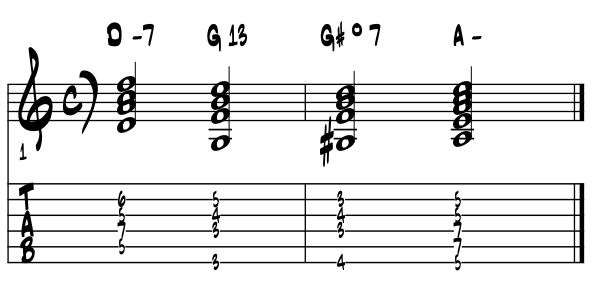 |
Into the top 10. This is a 'hen's teeth' sort of motion in our Americana songbook for sure. It's in here because it can be and that the song it was found in was part of the movie credits at the close of the picture show. From the song "Go Now", which was a big hit for a couple of groups back in the early mid 60's and forward. |
|
Review. The interval of the minor sixth above our root provides some key essential components in our American songbook. A melodic leap, it can be very effective in setting the emotional tone of the music. In the harmony, building on flat Six is a core color for the rockers as the deceptive cadence motion finds its way into a lot of essential songs. The #5 colortone is most often added to V7, creating quite a sonic force and accelerator of forward motion, all towards an impending resolution in both major and minor keys. |
'So ... what do the last four letters of American spell ... ? 'I can !' |
wiki ~ USA together :) |
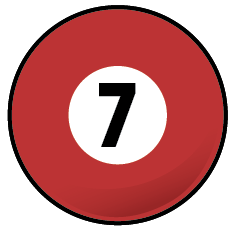 |
 |
|||||||||||
 |
 |
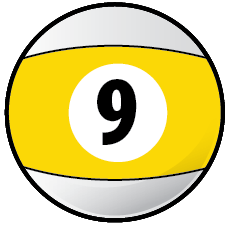 |
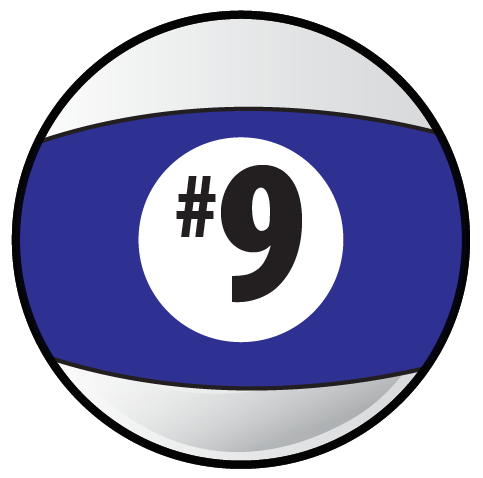 |
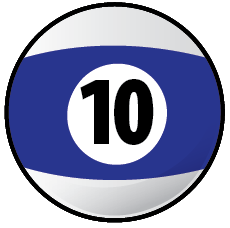 |
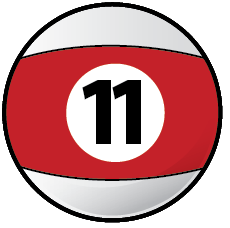 |
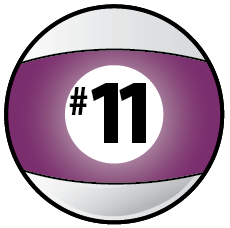 |
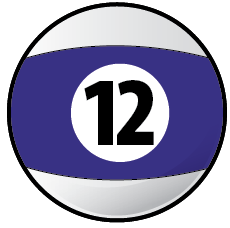 |
 |
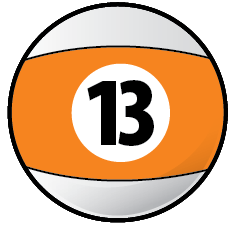 |
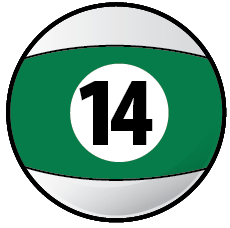 |
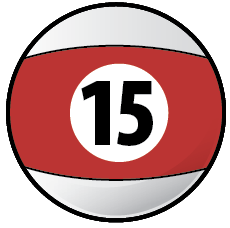 |
 |
References. References for this page's information comes from school, books and the bandstand and made way easier by the folks along the way. |
Find a mentor / e-book / academia Alaska. Always good to have a mentor when learning about things new to us. And with music and its magics, nice to have a friend or two ask questions and collaborate with. Seek and ye shall find. Local high schools, libraries, friends and family, musicians in your home town ... just ask around, someone will know someone who knows someone about music and can help you with your studies in the musical arts. |
|
Always keep in mind that all along life's journey there will be folks to help us and also folks we can help ... for we are not in this endeavor alone :) The now ancient natural truth is that we each are responsible for our own education. Positive answer this always 'to live by' question; 'who is responsible for your education ... ? |
Intensive tutoring. Luckily for musical artists like us, the learning dip of the 'covid years' can vanish quickly with intensive tutoring. For all disciplines; including all the sciences and the 'hands on' trade schools, that with tutoring, learning blossoms to 'catch us up.' In music ? The 'theory' of making musical art is built with just the 12 unique pitches, so easy to master with mentorship. And in 'practice ?' Luckily old school, the foundation that 'all responsibility for self betterment is ours alone.' Which in music, and same for all the arts, means to do what we really love to do ... to make music :) |
 |
"These books, and your capacity to understand them, are just the same in all places. Always bear in mind that your own resolution to succeed, is more important than any other one thing." |
|
Academia references of Alaska. And when you need university level answers to your questions and musings, and especially if you are considering a career in music and looking to continue your formal studies, begin to e-reach out to the Alaska University Music Campus communities and begin a dialogue with some of Alaska's finest resident maestros ! |
|
~ |
